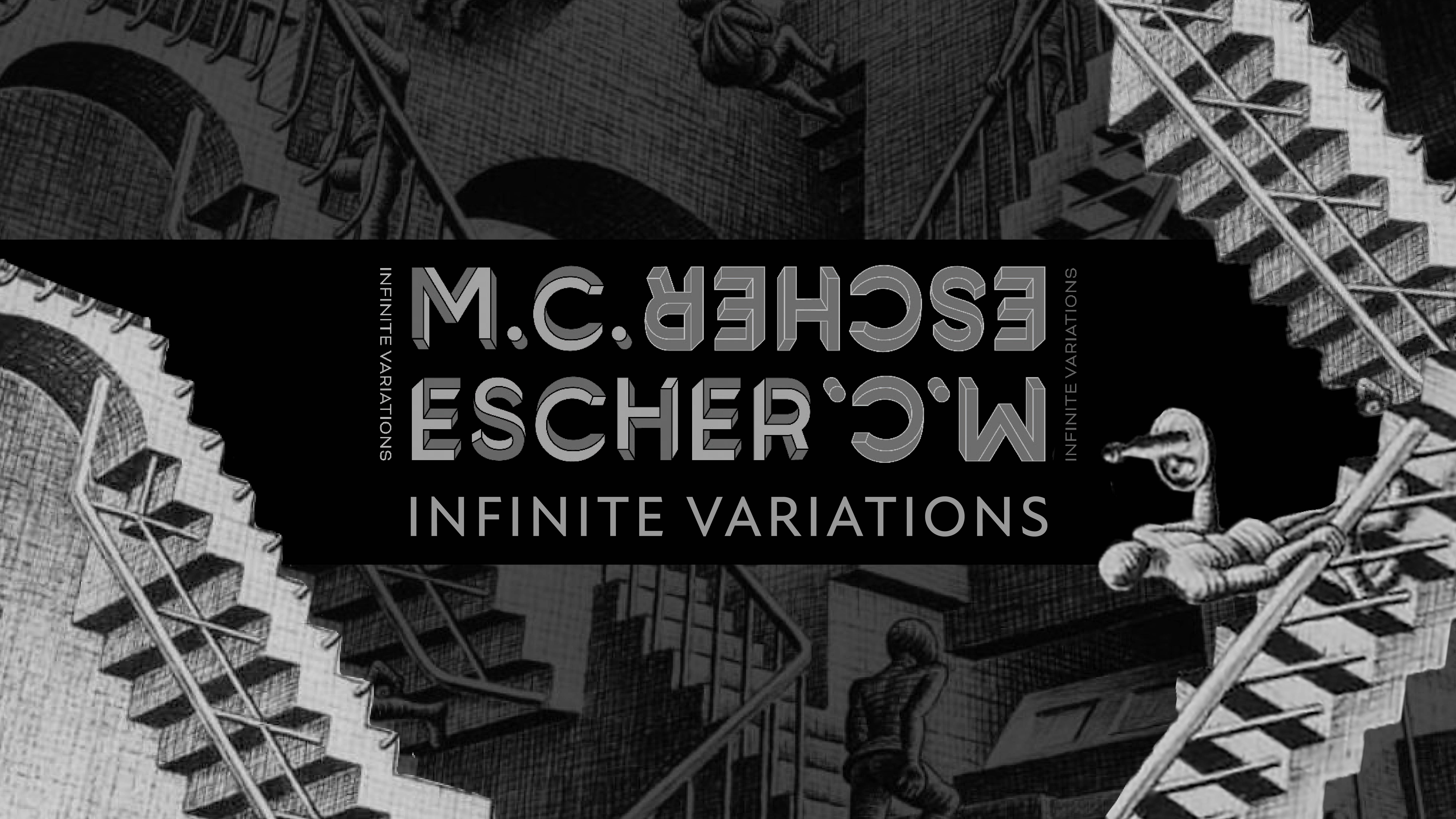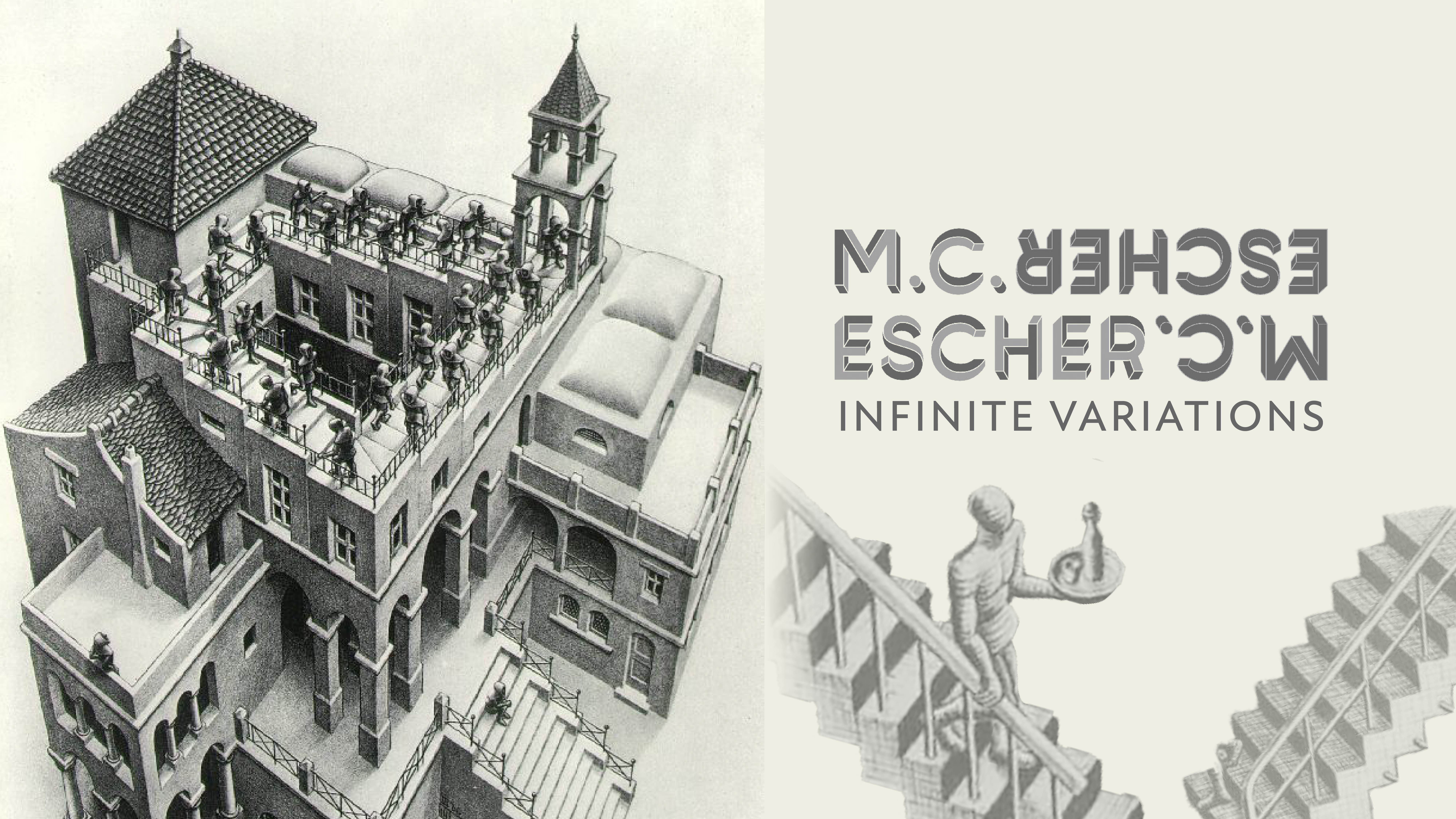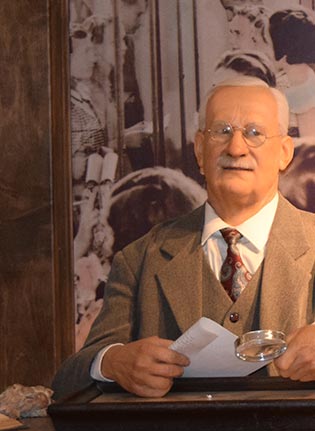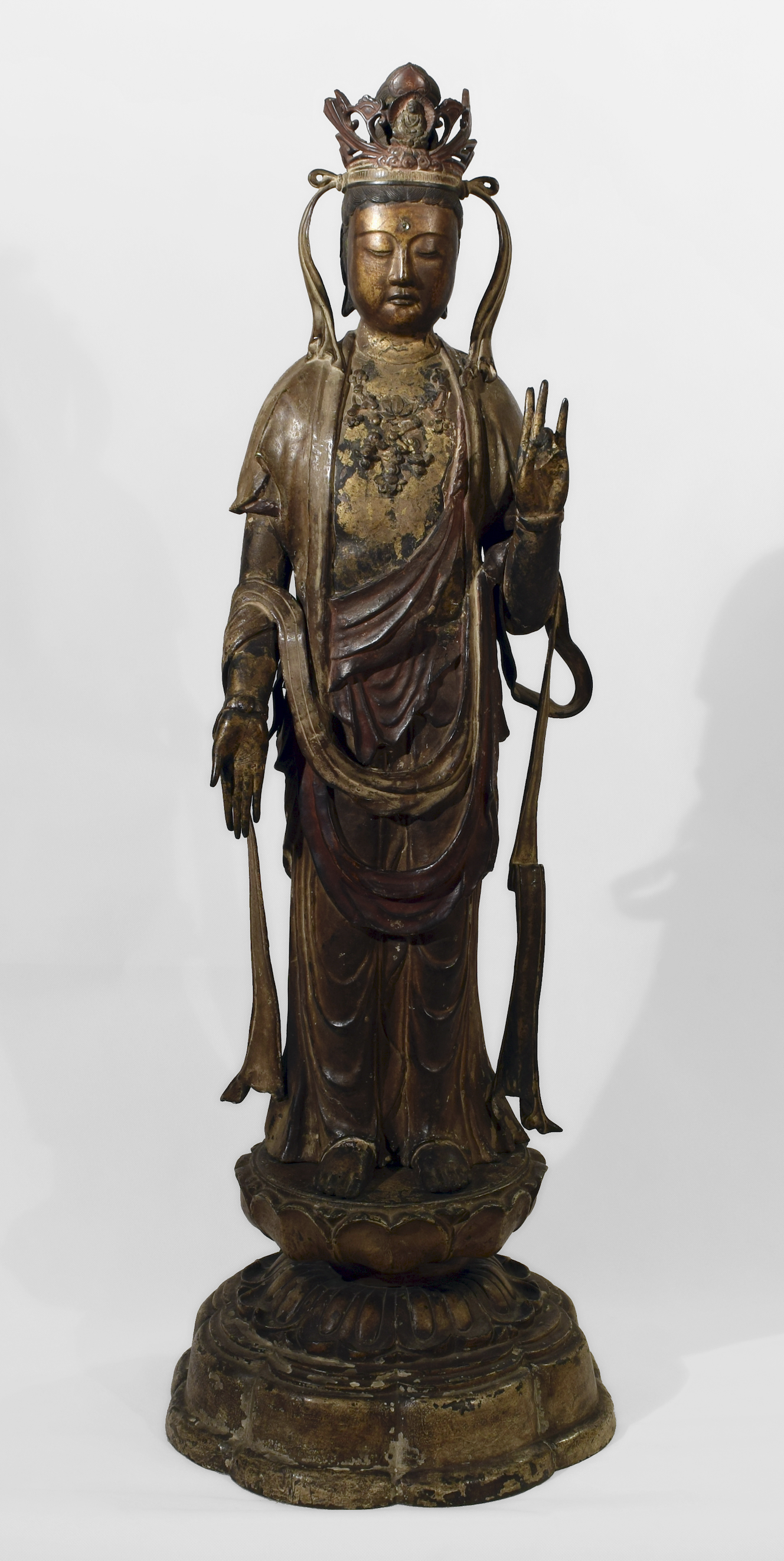M.C. Escher: Infinite Variations
September 21, 2024 - January 5, 2025
This mesmerizing exhibition brings the work of world-renowned artist, M.C. Escher, to Reading this fall. M.C. Escher: Infinite Variations spans the Dutch artist’s entire career with more than 150 works from a private collection. Although Escher was one of the modern period’s most well-known graphic artists, he once puzzled an interviewer by referring to himself as a mathematician rather than an artist.
Escher’s fascination with mathematical theory motivated him to produce imagery that constantly challenged notions of reality and its underlying structures. This comprehensive exhibition will chronicle his journey as one of the world’s most recognized artists by presenting the full range of media in which he worked.
Visitors will see woodcuts, lithographs, etchings and even a lithography stone. Among the art exhibited are some of his most iconic works, including Day and Night, in which two flocks of birds in flight blend into Holland’s natural landscape, and Ascending and Descending, a 1960 print of an impossible building with a staircase that mirrors a möbius strip.
In addition to other iconic images that made the artist famous, such as Drawing Hands, Waterfall Eye, and Relativity, the collection features seldom displayed prints including the Griffin of Borghese, Still Life, and Street, and a series of his mezzotints, among other engaging works. The collection also includes a rare, early large-format drawing by the artist.
Maurits Cornelis Escher (1898–1972) was born in Leeuwarden, the capital of Friesland in the Netherlands, but grew up in Arnhem. Although he studied architecture in Haarlem, he was drawn to graphic art by Samuel Jessurun de Mesquita, a teacher at his school who profoundly influenced his graphic style. When Escher moved to Italy, his early output was dominated by advertising and landscape prints there. He became famous for his tessellated, or tile-like, patterns after seeing Moorish tilework on a trip to the Alhambra and Granada, Spain in 1936. The rise of fascism in Italy forced him to leave Italy for Switzerland, and he abandoned Italian imagery in protest. He made his way to Belgium and returned to the Netherlands after the Nazi invasion. He faced five unproductive years during the occupation, unable to sell his work because he refused to certify his “Aryanness” and was horrified that he was unable to save his teacher de Mesquita from Auschwitz. His own family faced deprivation during the final “hunger winter” of the war.
Escher’s increasingly sophisticated imagery gained an appreciative audience, especially during his first exhibition at Amsterdam’s Stedelijk Museum in 1954, staged to coincide with the International Congress of Mathematicians. He remained skeptical of the enthusiasm for his work among fans of psychedelia during the 1960s, turning down a request from Mick Jagger to design an album cover. His body of work eventually grew to over 2,000 items before his death in 1972. However, it was not until Douglas Hofstadter’s 1979 publication of Gödel, Escher, Bach: An Eternal Golden Braid that Escher’s work became tied in the public’s imagination to quantum physics and advanced mathematics, cementing the hold his work gained over the global audience it still enjoys today.
The exhibition is provided through PAN ART Connections and is sponsored locally by the Marlin and Ginger Miller Exhibition Endowment.


 Menu
Menu





